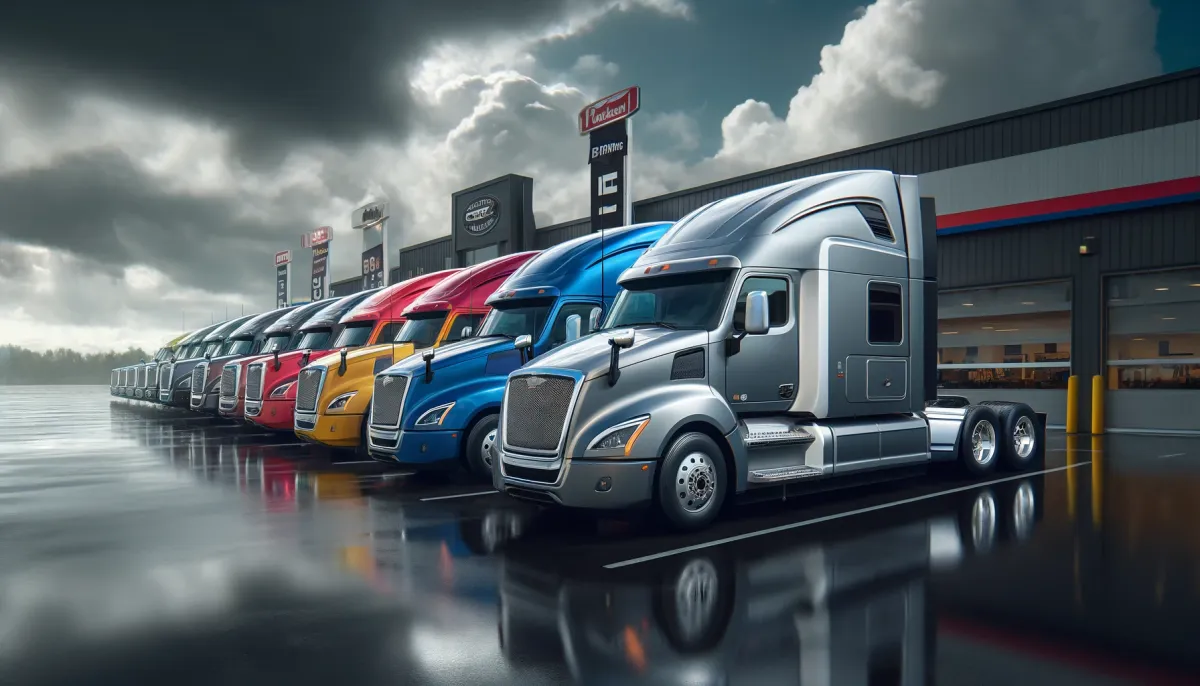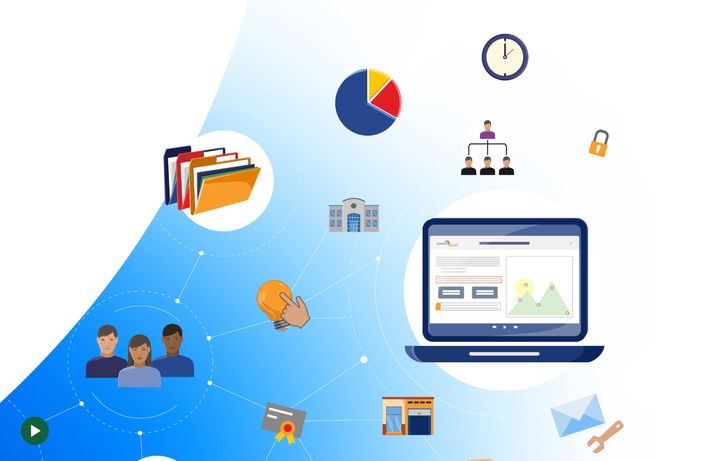Tech-Driven Solutions for LTL Efficiency
Soaring customer demands and tight timelines push LTL carriers to adopt new technology. One company's success story highlights how a modern TMS can deliver real-time visibility and optimized routes for growth.

By Neil Pope for The Inside Lane
Less-than-load carriers face skyrocketing demands for rapid, overnight shipments with precise ETAs, often across hundreds of miles and through multiple facilities. These compressed timelines demand a new approach.
Embracing technology is no longer optional, it's essential for LTL carriers to thrive.
For one company, Diamond Line Delivery Service in Meridian, Idaho, modernizing its outdated legacy system with FACTS, a comprehensive Transportation Management System (TMS) from Carrier Logistics Inc., they've gained unprecedented visibility into their operations.
FACTS has positioned Diamond Line for substantial growth by helping them overcome two of the LTL industry's biggest hurdles: flexible data sharing and operational visibility.
"Flexibility in data sharing is key in our industry, particularly in how we handle EDI and API connections,” explained Ryan Cary, business strategy manager at Diamond Line Delivery, an LTL carrier operating across five states.
Challenge No. 1: Flexible Data Sharing
A challenge for the LTL industry is accommodating the diverse data sharing and access requirements of various customers. This includes handling various data formats, supporting different integration methods like EDI (electronic data interchange) or API (application programming interfaces), and enabling real-time data exchange between customers and carriers.
Offering flexible data-sharing options, such as EDI and API connections, allowed Diamond Line to meet diverse customer needs, which was a significant immediate benefit.
“Each customer has unique data requirements and customers need seamless integration between their systems and ours,” Cary said. “Not being able to accommodate these variations can be the difference between winning and losing business.”
Customers see LTL freight APIs as essential because they offer a standardized way for different systems to communicate seamlessly, enabling real-time data exchange and automating numerous processes.
Ben Wiesen, President of Carrier Logistics, a provider of freight management software for LTL fleets confirmed that "the integration of APIs has revolutionized how LTL carriers scale their operations. By allowing customers to connect directly to the carrier's system, new customer acquisition eliminates the need for additional data entry or customer service personnel. Customers can quote, dispatch, and track orders without the need for manual intervention”.
Challenge No.2 – Operational Visibility
The new TMS system has significantly improved visibility into operations by transitioning more systems to digital delivery planning and providing greater access to real-time data.
Additionally, implementing new systems, such as a dock scanning program and delivery optimization, has proven valuable for understanding and improving operational processes.
Cary explained that "the key for us was to measure and understand our operations more effectively. By implementing a dock scanning program and delivery optimization, we got insights into building better routes, understanding shipment volumes, and accurately tracking cube weight. We made improvements in every process and have a strong foundation for future growth."
Challenge No. 3: Delivery Optimization
Looking ahead, the focus for Diamond Line Delivery, like many LTL carriers, remains on delivery optimization.
Delivery optimization involves the use of sophisticated algorithms to determine the most efficient freight routes and allows carriers to handle a larger volume of freight without significantly increasing their fleet size or staff.
“We're truly excited about delivery optimization. Unlike traditional zip code-based routing, it can use dynamic routing that adapts daily based on the varying freight compositions. So our routes are always optimized for efficiency,” Cary said.
Delivery optimization is a standard feature in today's TMS software. But FACTS sets itself apart by being an asset-based system tailored specifically for LTL carriers, unlike the more commonly found shipper-based TMS. This allows Diamond Line Delivery to optimize delivery routes based on parameters unique to LTL operations.
“A unique requirement for LTL carriers is the ability to price freight based on weight, cube class, and density,” Wiesen said. “Additionally, LTL operations must be able to track freight as it moves from trailer to trailer, optimize delivery routes daily based on the specific shipments, and seamlessly integrate new pickups into existing routes as customer requests come in.”
One year on, implementing real-time visibility into operations has revolutionized efficiency and productivity across terminals for Diamond Line Delivery.
“Our ability to monitor operations at every terminal has been transformative and allowed us to collaborate closely with terminals, boosting their productivity and increasing bills per hour,” Cary said. “We're not just observing; we're actively shaping better routes and processes.”
Have a question or comment about this article? Email Bianca Prieto at editor@theinsidelane.co
Not yet a subscriber to The Inside Lane newsletter? Join here for free.





Comments ()